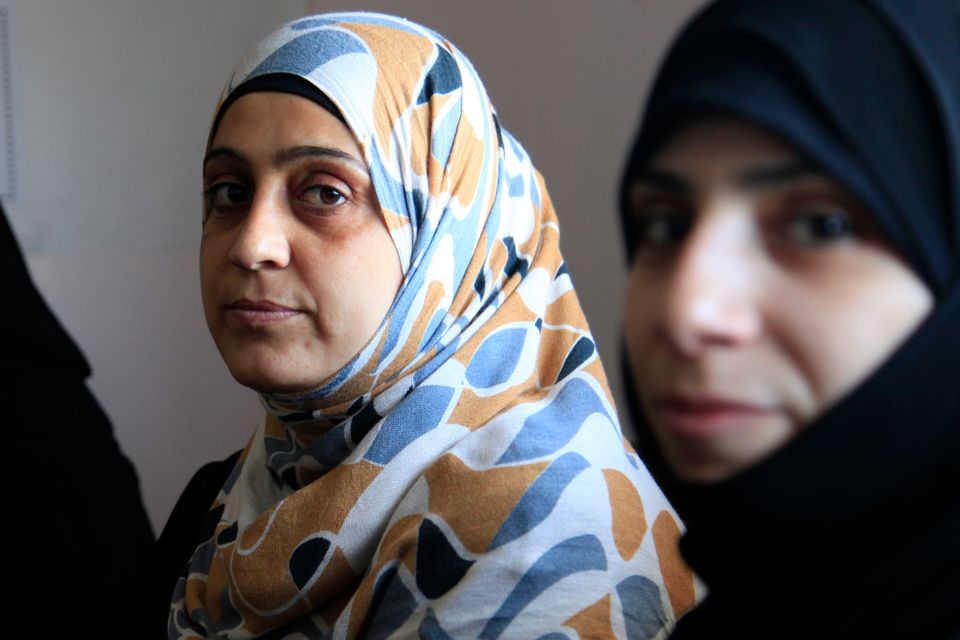
Sexual and Gender Based Violence: Awareness Promotes Avenues for Justice
As in most conflicts zones, sexual and gender based violence (SGBV) has been prevalent in the current Syrian context. A December 2013 Amnesty International memo, for example, reports “most of the Syrian women refugees [Amnesty International] has spoken to in refugee camps said that their main reason for leaving Syria was fear of rape and sexual assault.” Rape and other forms of SGBV—too often instruments of war—have a tendency to take root in post-conflict settings as well. Consequently, transitional justice efforts must address not only past crimes but also the environmental factors enabling these crimes to persist in post-conflict areas.
The American Bar Association’s Rule of Law Initiative (ABA ROLI) held a conference discussing the role of transitional justice in the context of broader justice processes and highlighting the unique challenges associated with addressing SGBV. Speakers at the conference offered constructive insights. “In most cases around the world, rape victims remain silent,” reported Paulina Rudnicka, Senior Legal Analyst at ABA ROLI. This challenge resonates in the context of Syria, where women and girls may be fearful of divulging instances of rape or assault for fear of jeopardizing their reputations and/or marriage prospects. Rudnika further emphasized the importance of establishing database systems to help understand the prevalence of SGBV. Given the likelihood of underreporting SGBV, however, data collectors must be creative in establishing safe methods for reporting and data analysts must acknowledge the potential gaps in data collected.
Speakers also discussed the prevalence of SGBV in post-conflict settings, and the need to fully engage men and boys in efforts to address these issues. Joseph Vess, a Senior Program Officer at Promundo (a Brazil-based human rights organization), explains that high rates of trauma in post-conflict situations “increase the likelihood that they [men] will lash out and use violence against other people” and, consequently, “increases the vulnerability of women and girls.” Transitional justice processes allow individuals the opportunity to deal with the past and address the trauma that they faced in a constructive, fulfilling manner and, as such, can be considered a vital, proactive step towards reducing SGBV in post-conflict settings. In addition, Vess emphasized that SGBV “does not occur in a vacuum.” Efforts to address SGBV issues must consider the social contexts in which they operate, and ought to target men and boys in addition to women and girls. Too often, SGBV is conceptualized as something done by men to women; this is problematic because it ignores the contexts driving men to use violence, and because it minimizes the experiences of male victims of SGBV.
Speakers also stressed the need for local awareness of transitional justice options, victim’s ownership of transitional justice processes, and the potential for successful justice efforts to deter future crimes, including SGBV. Cindy Dyer, Vice President of Vital Voices Global Partnership (a women’s empowerment NGO), explained “we often know a best practice, but they [people on the ground] know how to best implement it.”
Conflict and post-conflict settings alike must grapple with SGBV. Transitional justice efforts, when employed carefully, can serve as a tool to stem the use of SGBV after a conflict. Justice for victims of SGBV, however, will be most successful when people are mindful of the unique challenges associated with SGBV reporting, contexts, and programming.